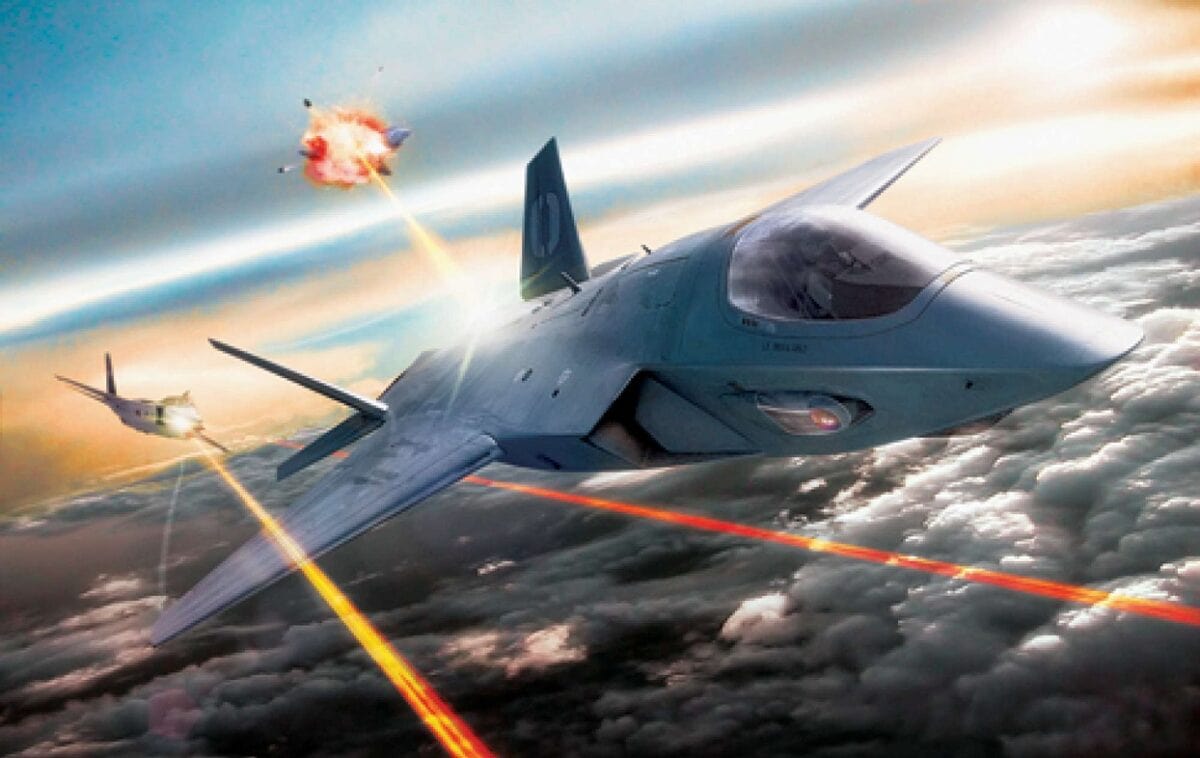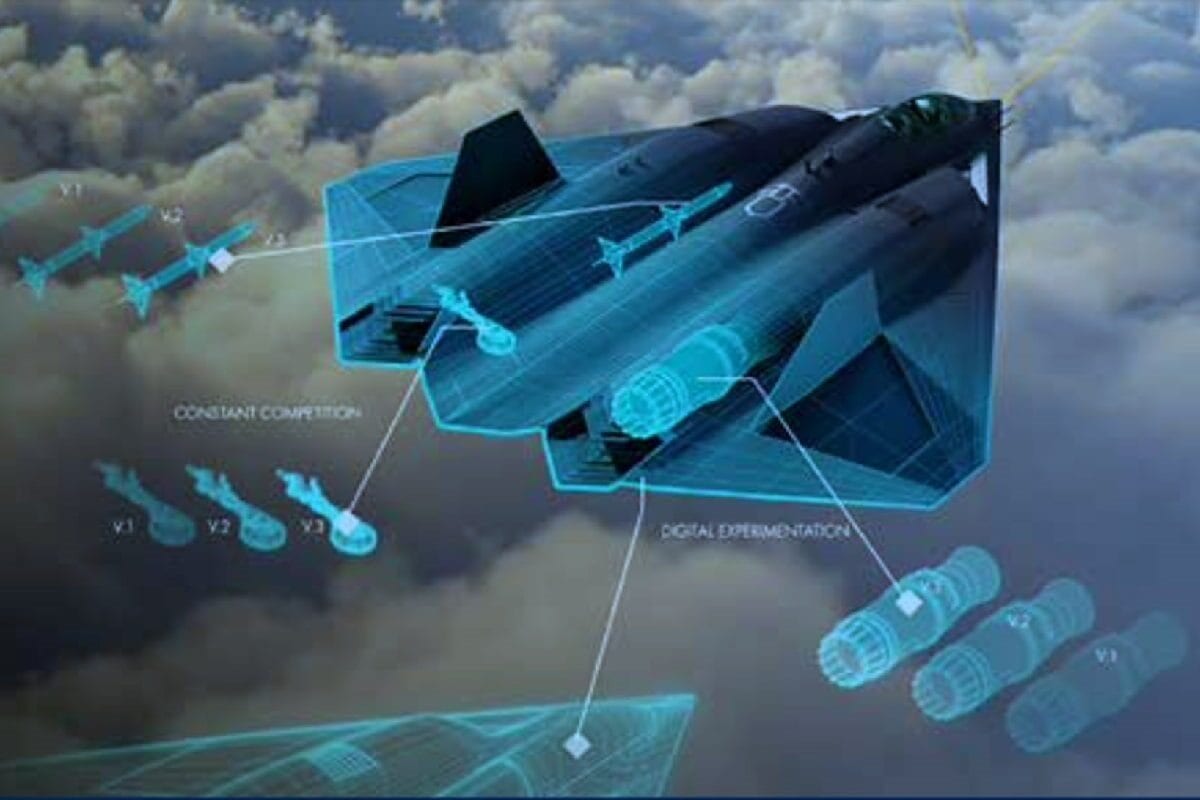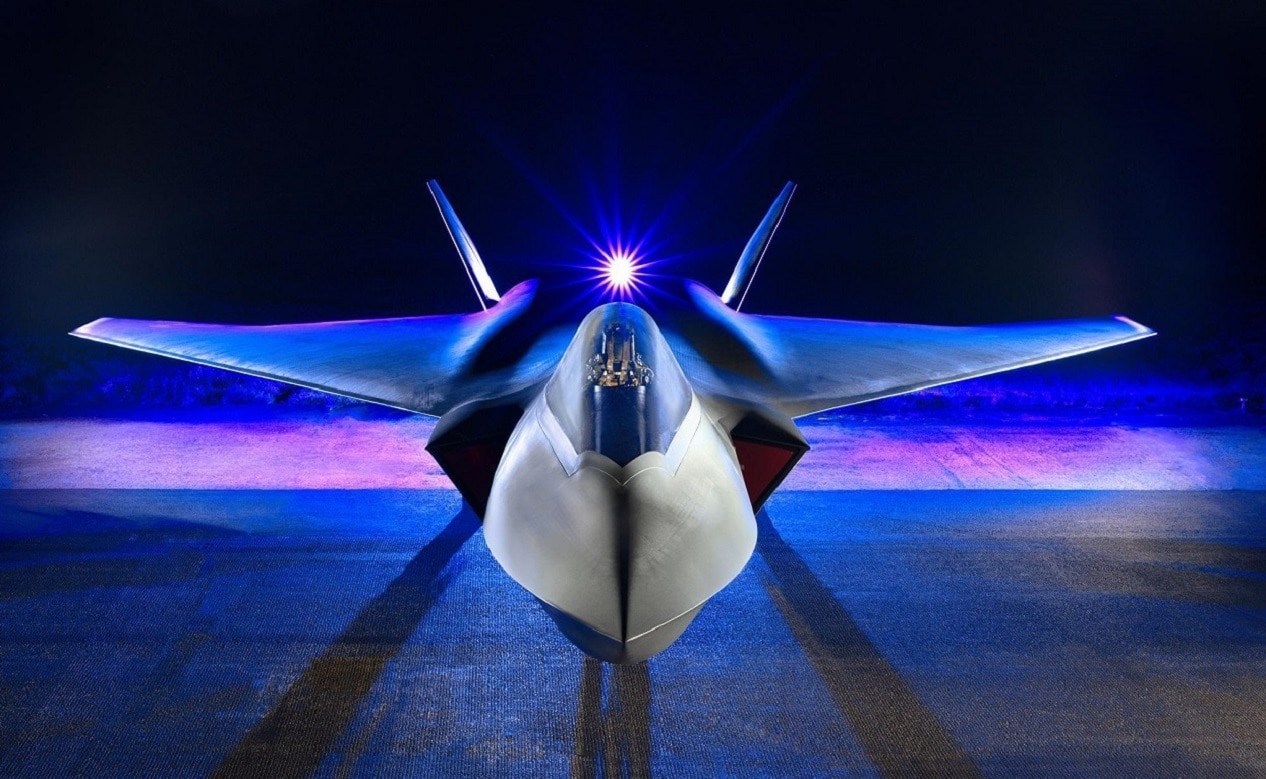Has China Made Progress on a Sixth Generation Fighter? – China has reportedly been among the nations leapfrogging the fifth generation of fighter hets and is now seeking to develop a sixth-generation stealth aircraft. To date, little is known about this fighter of the future, but reports suggest that China plans to field it as early as the 2025 to 2030 timeframe.
It is unclear even where the Chinese sixth-generation fighter might be in the development stage, but at this point, it likely trails the U.S. Department of Defense (DoD) efforts, which could be well into the prototype stage.
Last year, Dr. Will Roper, assistant secretary of the Air Force for Acquisition, Technology, and Logistics said in an interview that the U.S. Air Force had already built and flown a full-scale flight demonstrator.
Both the United States Air Force and the United States Navy are looking to the future with their respective Next Generation Air Dominance (NGAD) programs to develop a sixth-generation fighter program.
What is the Sixth Generation?
As the name suggested, a sixth-generation fighter is a conceptualized class of jet fighter designs that would be more advanced even than today’s cutting-edge fifth-generation combat aircraft such as the Lockheed Martin F-35 Lightning II.
The sixth-generation would truly utilize 21st-century technology, and include a variety of advancements such as autonomous capabilities, advanced stealth, a new spectrum of weapons, thermal management of the aircraft signature, and improved propulsion with supercruise ability.
This could also include unmanned or at least optionally manned systems, as well as so-called “loyal wingman” of small unmanned aerial vehicles (UAVs).
Chinese Progress?
China certainly isn’t alone in developing a sixth-generation aircraft – and nations including the United States, Japan, Russia, the United Kingdom, Sweden, France, Spain and India are all involved in various programs.
How far along Beijing is in its development of a next-generation aircraft still is an unknown. Unlike the UK’s Tempest program or the United States’ NGAD, little has been publicly disclosed about the Chinese efforts. It was only in January 2019 that Dr. Wang Haifeng, chief designer of the Chengdu Aerospace Corporation, announced that China had begun pre-research on sixth-generation aircraft, and predicted that the program would come to fruition by 2035.
According to recent media reports, the Shenyang Aircraft, the company that is believed to be building Chinese sixth-generation fighter aircraft which is a subsidiary of the state-owned Aviation Industry Corporation of China, announced that it is conducting research on “thermal adaptation and integration of structure and function.”
The future aircraft – which some media reports have suggested could be the J-25 or J-28 – will reportedly have the ability to command drones, utilize artificial intelligence (AI) to act as virtual co-pilot, and possess even higher stealth capability through aerodynamic design.

Image of possible 6th Generation Fighter Design: Creative Commons.

Image of X-44 Manta fighter design: Creative Commons.
Other new technologies, such as laser, adaptive engines, hypersonic weapons, and swarm warfare, might also be integrated with the new aircraft, Wang told Ordnance Industry Science Technology, a Xi’an-based periodical on national defense industries, earlier this year.
It certainly sounds ambitious, yet it should be remembered that China has struggled just to develop a reliable engine for its J-20 “Mighty Dragon,” which is just the world’s third operational fifth-generation stealth fighter aircraft after the United States military’s F-22 Raptor and F-35 Lightning II Joint Strike Fighter.
Now a Senior Editor for 1945, Peter Suciu is a Michigan-based writer who has contributed to more than four dozen magazines, newspapers and websites. He regularly writes about military hardware, and is the author of several books on military headgear including A Gallery of Military Headdress, which is available on Amazon.com. Peter is also a Contributing Writer for Forbes.

